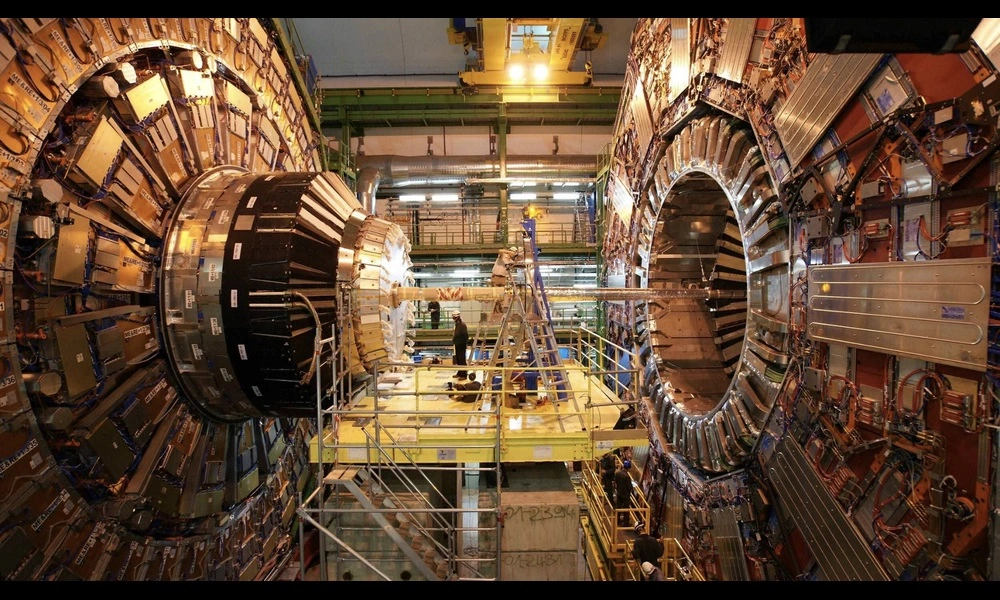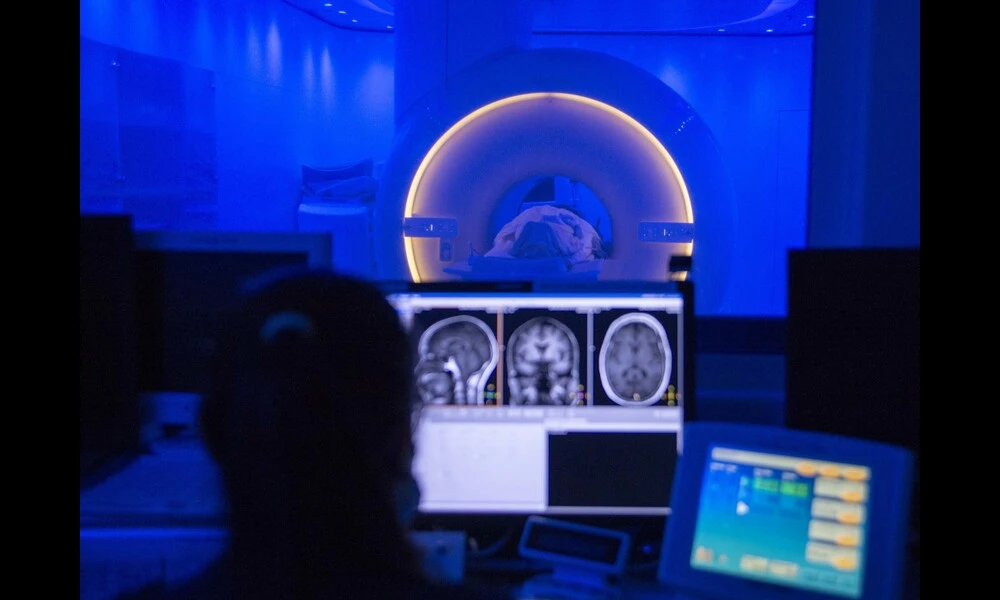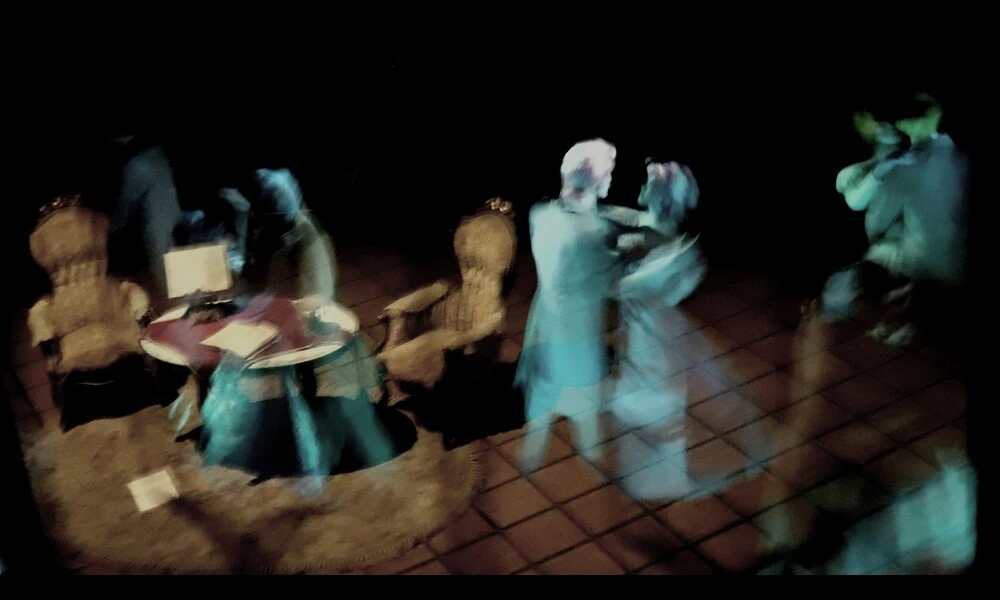New Study from CERN Regarding Physics Beyond the Standard Model
Published on Sun Aug 06 2023 Compact Muon Solenoid in the Large Hadron Collider | Chic Bee on Flickr
Compact Muon Solenoid in the Large Hadron Collider | Chic Bee on FlickrA new preprint paper from the European Organization for Nuclear Research (CERN) has conducted a search for pairs of dijet resonances in proton-proton collisions. The study focuses on final states with at least four jets and presents results for both resonant and nonresonant production. The data used corresponds to an integrated luminosity of 138 fb−1 collected by the CMS detector at the LHC.
The significance of this study lies in its potential to discover physics beyond the standard model. By analyzing the production of dijet resonances, researchers aim to uncover new particles that could provide valuable insights into the fundamental nature of the universe.
The study reports model-independent limits on the production cross section of four-jet and dijet resonances at a 95% confidence level. It specifically applies these limits to a signal model of diquarks that decay into pairs of vector-like quarks. The results exclude diquark masses below 7.6 TeV for a particular model scenario.
Furthermore, the study also investigates nonresonant production and excludes pair production of top squarks with masses ranging from 0.50 TeV to 0.77 TeV. This significantly extends previous limits, except for a small interval between 0.52 and 0.58 TeV.
Notably, the analysis reveals two events with specific characteristics—each with a four-jet mass of 8 TeV and an average dijet mass of 2 TeV. These events have local and global significances of 3.9 and 1.6 standard deviations, respectively, if interpreted as a signal. Additionally, the nonresonant search identifies the most significant excess above the predicted background at an average dijet mass of 0.95 TeV, with local and global significances of 3.6 and 2.5 standard deviations, respectively.
Overall, this study provides valuable insights into the search for dijet resonances and contributes to our understanding of physics beyond the standard model. The constraints placed on various models offer crucial guidance for future research and potential discoveries.



